To pursue a successful career in aerospace engineering, aspiring professionals must have a robust foundation in advanced mathematics, including calculus, linear algebra, differential equations, and statistics, as well as a deep understanding of physics encompassing mechanics, thermodynamics, electromagnetism, and fluid dynamics. Knowledge of computer science is equally critical, with proficiency in programming languages like Python, MATLAB, or C++ being essential for simulations, data analysis, and design optimization. Mastery of technical drawing and the use of CAD software such as SolidWorks, AutoCAD, or Fusion 360 is necessary for creating precise models and plans. Aerospace engineers must also be adept in using simulation software like ANSYS for finite element analysis and computational fluid dynamics (CFD) tools like ANSYS Fluent or OpenFOAM to analyze airflow and predict performance under various conditions. Engaging with historical context and contemporary advancements in aerospace engineering will provide a comprehensive view of the field, while participating in summer programs, internships, and relevant extracurricular activities during high school can offer practical experience and enhance understanding of real-world applications. These experiences are pivotal in preparing students for the rigorous demands of university-level aerospace engineering programs and position them for academic and professional success in this dynamic field.
Embark on a comprehensive journey to lay a robust foundation for your pursuit in aerospace engineering. This article serves as your essential guide, navigating the critical skills, courses, and resources that will catapult you from high school to university with confidence. Whether it’s mastering the essential mathematics, comprehending physics fundamentals, or becoming adept at computer programming and simulation tools, this roadmap will ensure you’re well-prepared for the intricacies of aerospace engineering studies. Explore the world of technical drawing and design, delve into aerospace history and modern innovations, and participate in summer programs and internships to gain practical experience. With our tailored advice, you’ll be equipped with the knowledge and skills necessary to soar to new heights in this exciting field.
- Essential Mathematics for Aerospace Engineering Mastery of Calculus, Dynamics, and Fluid Mechanics
- Physics Fundamentals: Understanding the Core Principles for Aerospace Studies
- Computer Skills: Programming and Simulation Tools Essential for Aerospace Engineering
- Technical Drawing and Design Introduction to CAD Software and Aerodynamic Modeling
- Aerospace History and Modern Innovations Learning from Pioneers and Current Breakthroughs
- Summer Programs and Internships Gaining Practical Experience in the Field
- Must-Take High School Courses Preparing for University-Level Aerospace Engineering
Essential Mathematics for Aerospace Engineering Mastery of Calculus, Dynamics, and Fluid Mechanics
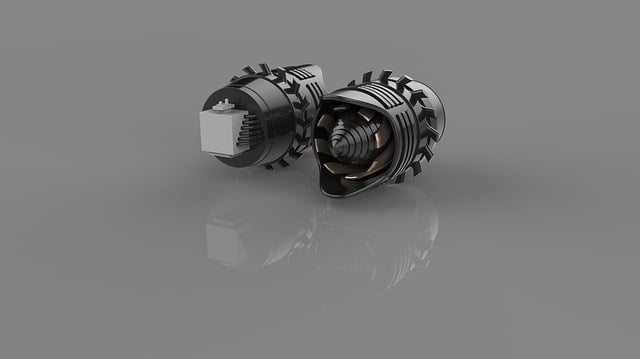
To embark on a successful journey in aerospace engineering, a robust foundation in mathematics is paramount. Prospective students should focus on honing their skills in essential areas that will underpin their understanding of complex engineering concepts. Mathematics for Aerospace Engineering encompasses a variety of topics, but particular attention should be paid to calculus, dynamics, and fluid mechanics. Calculus provides the tools to model and analyze changes and relationships between varying quantities, which is crucial in understanding aerodynamics, orbital mechanics, and control systems. Dynamics deals with the motion of objects under the influence of forces, essential for designing and analyzing aerospace vehicles. Fluid mechanics, on the other hand, is indispensable for understanding the behavior of gases and liquids, which directly affects aircraft design, propulsion systems, and aerodynamic performance predictions.
To prepare effectively, students should engage with advanced placement (AP) or International Baccalaureate (IB) courses in mathematics if available during high school. Supplementing these with relevant extracurricular activities such as math clubs, engineering summer camps, or online tutorials can further enhance understanding and problem-solving skills. Additionally, utilizing resources like online platforms offering interactive calculus problems, physics simulations for fluid dynamics, and engineering-focused video lectures will complement the formal education and provide a deeper grasp of these essential subjects. By mastering these mathematical domains before starting university, students will be better equipped to tackle the demanding curriculum of aerospace engineering with confidence.
Physics Fundamentals: Understanding the Core Principles for Aerospace Studies
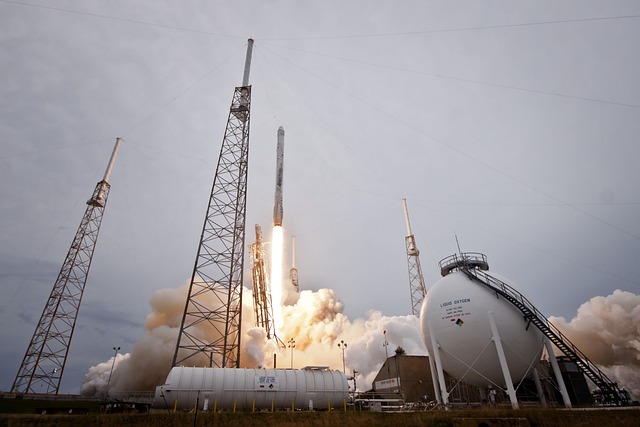
To lay a solid foundation for your future studies in aerospace engineering, it is crucial to have a firm grasp of physics fundamentals. These core principles form the bedrock upon which advanced concepts in aerodynamics, orbital mechanics, and propulsion are built. A deep understanding of classical mechanics, including Newton’s laws of motion, rotational dynamics, and fluid statics and dynamics, is essential. You should delve into electromagnetism to comprehend how energy and matter interact with the Earth’s atmosphere and other celestial bodies. Furthermore, thermodynamics and statistical mechanics are pivotal in analyzing the performance of propulsion systems and optimizing aircraft designs. To prepare effectively, engage with materials that offer a comprehensive approach to these subjects. Textbooks and online resources can provide both theoretical knowledge and practical applications through problem sets and simulations. By mastering these physics concepts early on, you will be well-equipped to tackle the complexities of aerospace engineering with confidence.
As you solidify your understanding of physics, complement this knowledge with mathematics, particularly calculus and differential equations. These mathematical tools are indispensable for modeling the behavior of aircraft in flight, analyzing orbital trajectories, and solving engineering problems that arise in aerospace design. Simultaneously, familiarize yourself with computer-aided design (CAD) software and programming languages like MATLAB or Python, which are commonly used in the field. Engaging with aeronautical and astronautical case studies, as well as participating in science, technology, engineering, and mathematics (STEM) clubs or competitions, will also prepare you for the challenges ahead. These activities not only enhance your theoretical knowledge but also help develop problem-solving skills that are highly valued in the aerospace industry.
Computer Skills: Programming and Simulation Tools Essential for Aerospace Engineering
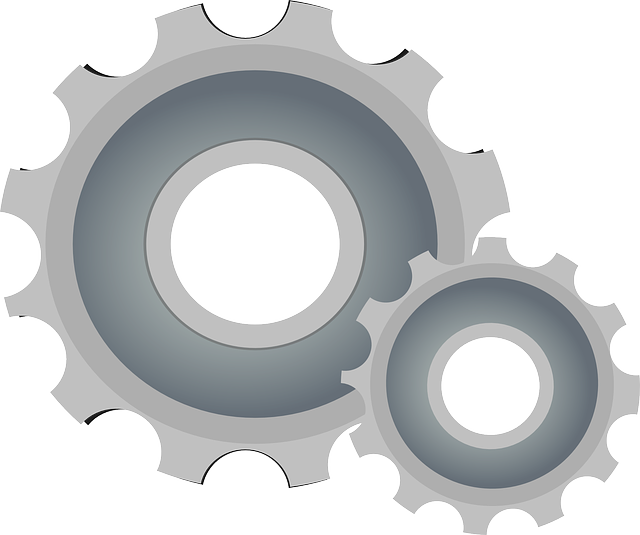
To excel in aerospace engineering, proficiency in computer skills is paramount. Programming knowledge allows students to model complex systems and perform simulations that are integral to understanding aerodynamics, orbital mechanics, and material properties. Learning programming languages such as Python, MATLAB, or C++ will enable you to write scripts for data analysis, numerical methods, and algorithm development. These skills are essential for simulating flight conditions, optimizing designs, and conducting thermal and structural analyses. Additionally, familiarity with simulation software like ANSYS or SolidWorks is crucial as they are widely used in the industry for finite element analysis, computational fluid dynamics (CFD), and other engineering applications. By mastering these tools early on, you will be better prepared to tackle real-world aerospace challenges, from designing efficient aircraft to exploring extraterrestrial travel possibilities. It’s advisable to engage with online tutorials, attend workshops, or even take specialized courses to gain hands-on experience with these programming and simulation tools before starting your degree program. This proactive approach will not only refine your skills but also demonstrate initiative and a deep commitment to the field of aerospace engineering.
Technical Drawing and Design Introduction to CAD Software and Aerodynamic Modeling
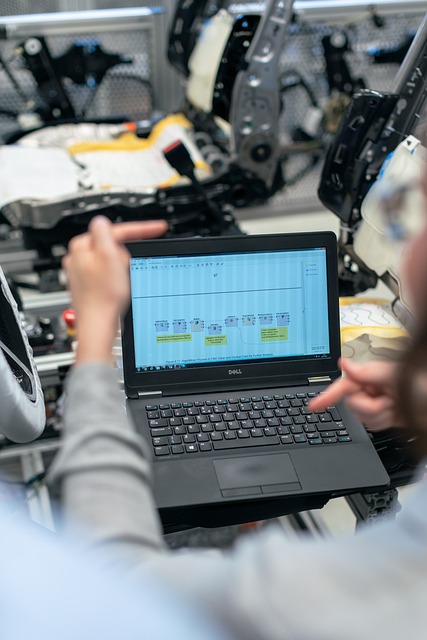
To lay a robust foundation in aerospace engineering, mastery of technical drawing and design is paramount. These skills enable you to effectively communicate your ideas through precise diagrams and plans, which are essential for designing everything from aircraft structures to spacecraft components. As you progress, incorporating computer-aided design (CAD) software into your skillset becomes crucial. CAD tools like SolidWorks, AutoCAD, or Fusion 360 are industry standards that provide the capability to create detailed 2D and 3D models with precision. These models not only facilitate the design process but also aid in simulation, testing, and visualization, which are integral to aerospace engineering projects. By familiarizing yourself with these applications early on, you’ll be better prepared to tackle complex designs and understand how they interact with real-world physics and aerodynamics.
Understanding aerodynamic modeling is another key component of aerospace engineering preparation. This involves using computational fluid dynamics (CFD) software to simulate and analyze airflow around objects. Programs like ANSYS Fluent or OpenFOAM allow you to test hypotheses and predict performance under various conditions without the need for costly physical prototypes. This can include anything from optimizing a wing’s shape for better fuel efficiency to designing hypersonic vehicle nose cones that withstand extreme heat. Engaging with these tools early will not only sharpen your analytical skills but also provide a deeper comprehension of how the theoretical aspects you learn in the classroom apply to real-world engineering challenges.
Aerospace History and Modern Innovations Learning from Pioneers and Current Breakthroughs
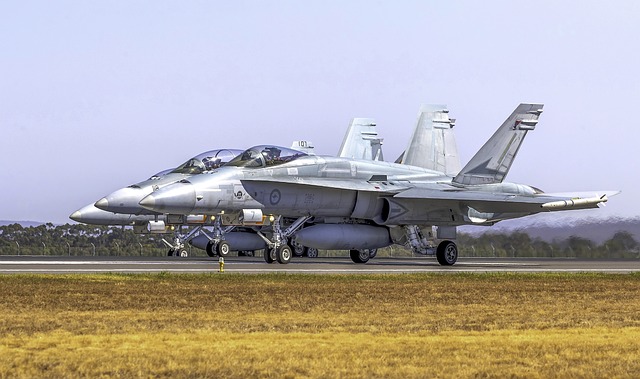
As you embark on your journey into aerospace engineering, delving into the history of flight and the pioneers who shaped this field offers invaluable insights. A study of aerospace history not only pays homage to the legacy of aviation trailblazers but also provides context for understanding how foundational principles have evolved into the modern innovations that propel us forward. From the Wright brothers’ groundbreaking first flight to the advances in space exploration, each milestone is a testament to human ingenuity and perseverance. By exploring these historical developments, you’ll gain an appreciation for the theoretical and practical challenges that have been overcome, which can inspire your own contributions to the field.
Simultaneously, staying abreast of current breakthroughs in aerospace technology is crucial. The modern era is characterized by rapid advancements in materials science, propulsion systems, and computational fluid dynamics, among others. Engaging with contemporary research through journals, online platforms, and educational institutions will ensure you’re equipped with the latest knowledge. By understanding both the historical context and the cutting-edge developments, you’ll establish a comprehensive foundation that blends tradition with innovation, setting the stage for your success as an aerospace engineer.
Summer Programs and Internships Gaining Practical Experience in the Field

As you transition from high school to university, immersing yourself in summer programs and internships is a prudent step to gain practical experience in the field of aerospace engineering. These opportunities allow you to apply theoretical knowledge in real-world settings, providing a clearer understanding of the discipline’s complexities and offering a glimpse into the challenges and innovations within the industry. Summer programs, often hosted by universities or aerospace companies, are designed to introduce students to various aspects of aerospace engineering, from fluid dynamics to materials science. They can also help you build a network with professionals and peers who share your passion for aerospace. Internships, on the other hand, offer more in-depth exposure, enabling you to contribute to ongoing projects and research. This hands-on experience is invaluable, as it not only bolsters your resume but also refines your technical skills and problem-solving abilities, essential qualities for any aspiring aerospace engineer. Engaging in these programs can also help you identify areas of specialization that align with your interests and strengths, setting a solid foundation for your future studies and career.
Must-Take High School Courses Preparing for University-Level Aerospace Engineering

To lay a robust foundation for university-level aerospace engineering studies, it is advisable to focus on a combination of advanced mathematics, physics, and computer science courses during high school. Mathematics, particularly calculus, linear algebra, differential equations, and statistics, will be the language through which you’ll model and analyze real-world problems in aerospace engineering. Physics, especially mechanics, thermodynamics, electromagnetism, and fluid dynamics, provides the fundamental principles that govern flight and space travel. Concurrently, computer science courses are beneficial as they introduce programming skills essential for simulation, design, and data analysis tasks common in the field.
Additionally, hands-on experience through lab work, robotics clubs, or aerospace-related projects can be invaluable. These experiences not only sharpen problem-solving abilities but also familiarize you with the practical application of engineering concepts. It’s also advantageous to engage with advanced placement (AP) or International Baccalaureate (IB) courses that align with aerospace engineering topics, as they can offer a glimpse into the rigor and expectations of university-level coursework. Engaging with online resources such as Khan Academy for mathematics, MIT OpenCourseWare for introductory engineering courses, or participating in summer programs focused on aerospace can further prepare you for the challenges ahead. These steps will ensure that when you transition from high school to university studies in aerospace engineering, you are well-equipped to tackle the demands of the program and succeed in your academic and future professional endeavors.
Embarking on a journey to pursue aerospace engineering is an ambitious endeavor that demands both academic preparedness and passion for innovation. This article has outlined ten essential tips designed to lay a robust foundation for future aerospace engineers, from mastering the necessary mathematical concepts and physics fundamentals to acquiring computer skills and proficiency in technical drawing. It has also emphasized the importance of understanding aerospace history and staying abreast of modern innovations, as well as the value of summer programs and internships that provide hands-on experience. For high school students transitioning to university-level studies, selecting the right courses and engaging with relevant resources are critical steps towards achieving success in this challenging field. By following these guidelines, aspiring aerospace engineers can be well-prepared to navigate the demands of their degree and contribute meaningfully to advancements in aerospace technology.
